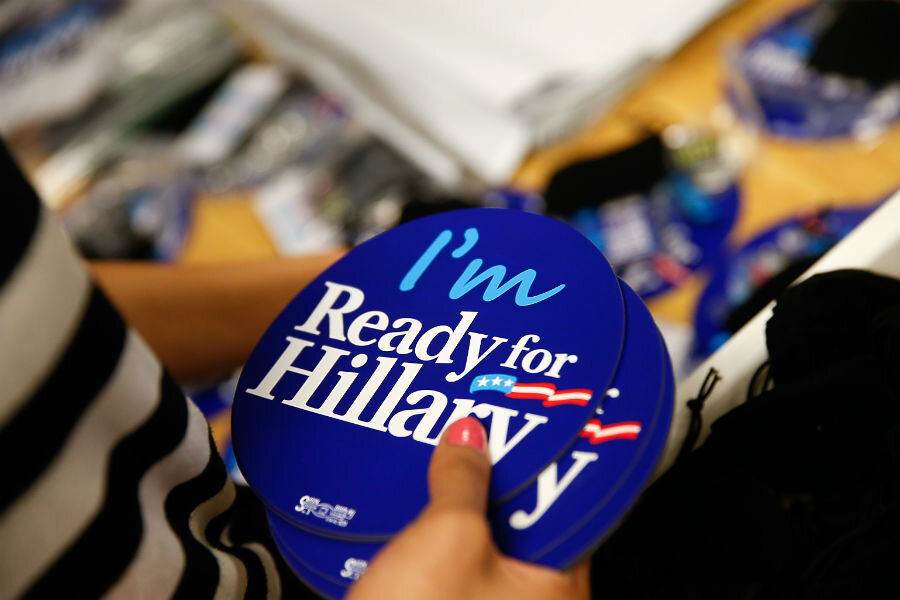Who's paying for the 2016 presidential campaign? So far, America’s 1 percenters
Loading...
The race for 2016 is being funded, so far, by its smallest-ever concentration of donors, with less than 400 families responsible for raising half the money so far, reported The New York Times on Saturday.
Of the $388 million raised for presidential campaigns, the majority is being streamed to super PACs – external groups that, for five years now, have not been limited in the amount of contributions they can accept from individual donors. Nearly all of the candidates have been encouraging their donors to give to these committees, according to The Associated Press.
Donations to individual candidates cannot exceed $2,700 but super PACs can receive unlimited amounts.
The numbers were revealed as many super PACs were required to file their first federal fund-raising reports by midnight Friday.
The New York Times, which said it examined Federal Election Commission reports and Internal Revenue Service records, reported:
Analysis … shows that the fund-raising arms race has made most of the presidential hopefuls deeply dependent on a small pool of the richest Americans. The concentration of donors is greatest on the Republican side, according to the Times analysis, where consultants and lawyers have pushed more aggressively to exploit the looser fund-raising rules that have fueled the rise of super PACs.
Just 130 or so families and their businesses provided more than half the money raised through June by Republican candidates and their super PACs.
Democrats account for less than 9 percent of the total super PAC haul so far, according to the AP. Priorities USA Action, the biggest group behind former Secretary of State Hillary Clinton, has raised $15.6 million in total, lifted by a $2 million donation from entertainment executive Haim Saban and $1 million from hedge fund investor George Soros.
In contrast, the single largest contribution to any of the candidate-specific super PACs has been $10 million from Texas energy investor Toby Neugebauer to the organization backing Texas Sen. Ted Cruz, reported the AP. His formal campaign took three months to raise as much money.
Two other prominent donors are almost singlehandedly propping up super PACs for former governor of Texas, Rick Perry. The groups, named Opportunity and Freedom and Opportunity and Freedom I, have raised a total of $12.8 million, $11 million of which have come from Dallas billionaires Darwin Deason and Kelcy L. Warren, according to Politico.
Also from Dallas is Chart Westcott, an investor who told the Times he contributed $200,000 to Unintimidated PAC, a group supporting Wisconsin Gov. Scott Walker’s campaign.
Mr. Westcott said his decision was motivated by “a love of economic freedom. That’s the biggest drive for most donors – more prosperity for the country as a whole, as well as for themselves.”
Since a landmark Supreme Court ruling in 2010 held that the restriction of independent political expenditures by nonprofit organizations was constitutionally prohibited, the number of super PACs has ballooned. “The heart of Citizens United is the notion that super PACs, and other outside groups, are completely independent of candidates,” reported NPR’s Peter Overby. “That underpins the Court's conclusion that unregulated money from big donors wouldn't be corrupting to lawmakers.”
But these super PACs are anything but independent, instead “acting as shadow campaigns” for presidential candidates, writes the Times. According to the report, so far some of the money has been going to “chartered planes, luxury hotel suites, opposition research, high-priced lawyers and more.”








